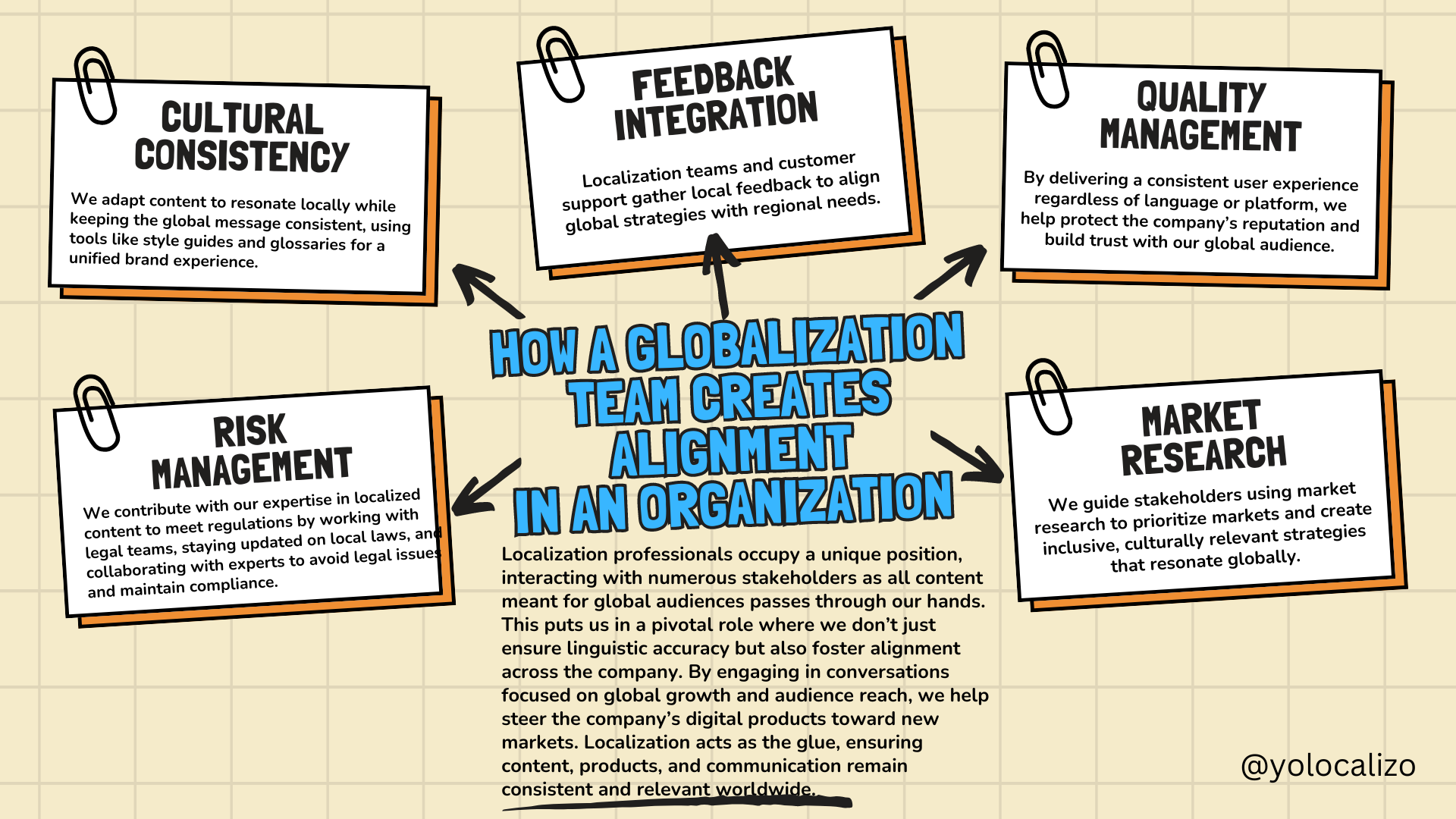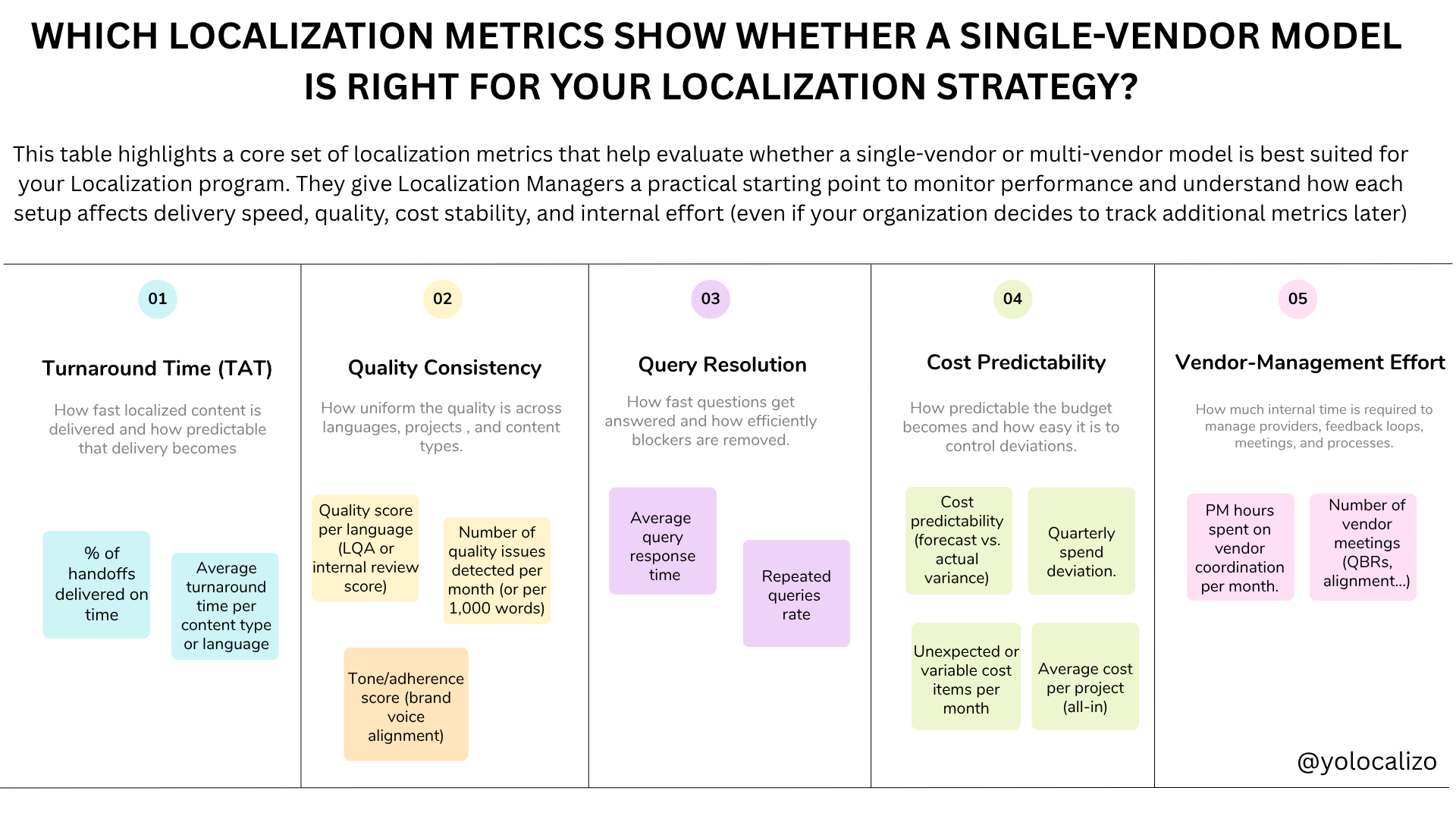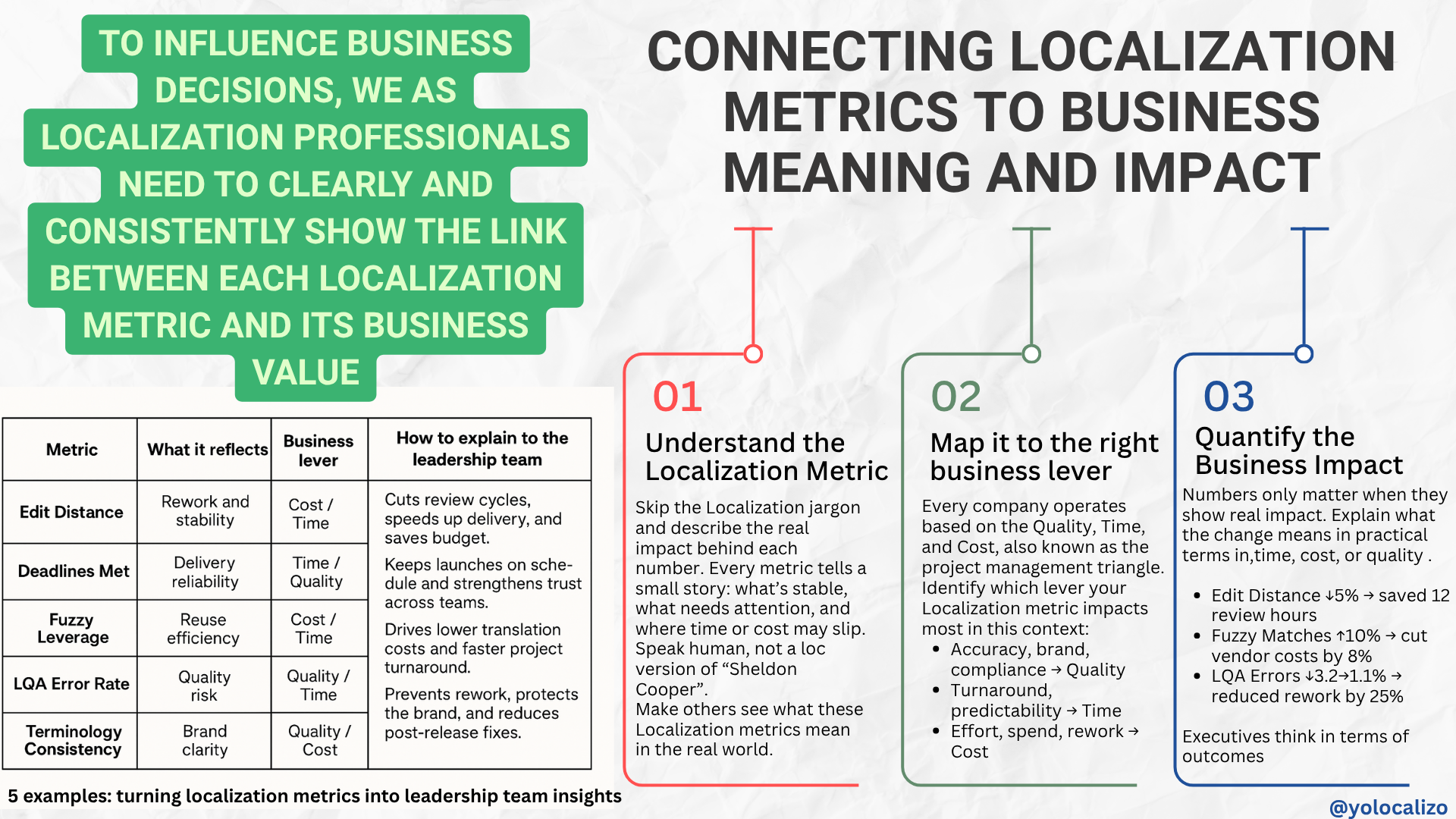Amazon translation ... the twentieth attempt of robots destroying the translators
Every now and then there’s a new thread that it claims that everything related to the translation industry will be automatized, every now and then there are prophecies (Nostradamus style) asserting that robots and AI will take over all of our jobs and that basically... we will become useless resources. If you’ve been following this blog regularly you know my opinion on this topic, check out a couple of articles I wrote about this specific topic here, when I cover the Google Translation technology or here where I reflect about the capacity of AI to find the right tone of voice in a translation, or here where I cover the translation memories maintenance. process
This week the thread for everyone working in this little big world of G-localization came from Amazon. Amazon in the never-ending war with Microsoft, Google, Facebook and Apple to rule the world announced this week their launch of their neural machine translation solution.
Obviously this goes viral quickly being in CNBC , Bloomberg and many other prestigious media channels. Another attempt to somehow demotivate the different professionals working in the beautiful translation sphere, another attempt to convince us that we, linguistic people, we are redundant in the neural machine translation world we are living, another attempt to convince us that we are useless, and this will be one more time ....another fail attempt to convince us that we are useless. Why? Why is that? The reason for this is that we don’t say all this “robot” and “AI” is not useful. The main reason is because we, the community of professionals working in the localization industry do not see these robots or all these different news about artificial intelligence as a threat. On the contrary, we see it as an opportunity to improve. We see it as an opportunity to work more efficiently and with more quality. We would be stupid if we tried to work in a "romantic" way, simply with a dictionary and the texts, no, that does not make sense, just as it does not make sense to think that the robots or all the progress in translation will destroy us and send every one of us to unemployment. This will not happen, and the reason is that the localization industry has always been very aware of technological advances; it has always been looking at ways to optimize processes and find better tools to help us to be more efficient in our translation tasks. In the mid-80s, Google did not exist, nor Amazon. However, in the mid-1980s, we saw the first tools to help us with our translation tasks. In 1984 the first CAT tools appeared in the market, and since then many technological tools have been created to make the localization industry more dynamic, more fluid, more powerful, more ... professional. And that is the reason why AI or translation services such as those announced by Google or the one announced by Amazon this week will not be able to replace humans. This sector, unlike what it seems for the outsiders of this industry, is very, very advanced, and we use a lot of technology to translate more, and better. You do not believe me? OK, I'll convince you, read on and then find a list of 10 tools that we use in our world to be more effective.
10 tools to create a high mature technology environmental process
1.Machine translation (MT) is an automated translation. It is the process by which computer software is used to translate a text from one natural language (such as English) to another (such as Spanish). Probably one of the technologies more well known when it comes to talking about why we are redundant. However, we are benefiting from MT to be more efficient. This article from Moravia gives us excellent ideas about how we can be more efficient by incorporating MT into our workflow
2.Translation Memories (TM). Sometimes people who are not very familiar with these technologies, use these terms interchangeably, I wonder why they confuse MT with TM :) beyond its similarity in the letters MT and TM are different. TM is the acronym for translation memories and is one of the most used (and most useful) resources in our industry. TM is a database which stores predetermined units of a source language together with its translated equivalent. A TM allows us to benefit from repetitions within documents or between previous translations. In other words, the program that uses a TM will automatically translate repeated sentences by pulling the translation of a 100% matched and previously translated source sentence from the database.
3.Translation Management System (TMS). Another variation to our cocktail of letters using the “TM”. However, a TMS is much more than MT or TM. A TMS is the core of many good localization strategy programs. TMS are software programs that support complex translation tasks, they include the possibility to:
- automate complex workflows to interact with vendors/freelance and clients,
- translation memory management,
- terms management,
- reports, and invoices.
There are many, many TMS to choose from. From the veteran Trados to new kids in town such as Crowdin. In this list, you can see a comparison of the best translation management systems
4.CAT is the acronym for Computer Aid Tool. CAT, is a process which includes the use of software to aid individuals while translating. In case of time constraints, a computer-assisted translation tool can effectively reduce the translation time, enabling the translator to translate content in a timely manner. CAT tools run on translation memories and help us to reuse them, so we can handle language repetition throughout our project faster. There are different CAT tools we can acquire to standardize our processes. The “sharks” from translate prepared a nice summary HERE
5.TB aka TermBase. According to the definition of the Andovar Academy, a Termbase or TB is a list of approved terms restricted to a specific subject matter paired with corresponding terms in the target language and guidelines on usage. TB is really useful as it helps us to be consistent with the different terms of our translations. Who knows how we translated, (to name an example) the “Shrine of Awe” in different languages when localizing the inventory of the shop for Forge of Empires ? Termbase helps us to increase consistency of terms between our texts or even at an industry level by keeping a track of the terms we use.
“A Termbase or TB is a list of approved terms restricted to a specific subject matter paired with corresponding terms in the target language and guidelines on usage.”
6.QMS, the first entry in this list without a T! What’s a QMS? QMS stands for Quality Management System. These are tools used by translators, editors and managers of translation agencies, to enhance quality assurance processes. These tools assist in identifying common mistakes in the localization process such as:
- the source and target text have different ending punctuation marks, upper/lower case letters, or formatting tags
- incorrect decimal separators, measurement units or
- there are untranslated segments or non-segmented text
- and many more style checks …
Some popular QMS tools are Xbench, LinguisticBox from my old colleagues from Lionbridge :) or Verifika to name some. However, it’s quite likely that your existing CAT solution includes currently a QA tool. Many producers of software for computer-aided translation, including Trados, SDLX, Star Transit, Wordfast, Déjà Vu, MemoQ, and others, have included automatic QA functions
7.CMS stands for Content Management System and it’s the core of our content. The CMS will be the heart of the text our users will see. CMS is usually integrated with other tools via an API to provide a seamless experience to manage content. Popular CMS tool is the one offered by Wordbee where the CMS is fully integrated into the TMS workflow to reduce time in translation process when interacting with translators.
8.Tracking Issues tool. Despite all the different tools and QA checks we have in our localization processes, unavoidable there will be bugs we need to fix. To manage and track bugs and different issues JIRA is one of the most powerful tools I know. The seamless integration it has with other Atlassian tools make this system super powerful
9.Screenshot Capture Tool. These tools are somehow linked to the previous set of tools. Reporting bugs activities are necessary, but as it’s often said: "A picture is worth a thousand words". For this reason, integrating tools, such Sharex might be super useful to share captured screens.
10. Last but definitely not least. GIT aka as … how to control file versions?!! Git is a version control system (designed by Linus Torvalds, the creator of Linux). Git tracks changes to source code for multiple users, allowing teams to easily share the same codebase. And this is super important because if there are changes in our translated files we need to ensure they are properly integrated with the rest of the files that shape our product. There are different GIT tools, however, a good GIT system needs to cover the following main 3 areas:
- They need to have the functionality to work with Repositories. Repositories are directories that hold our code files.
- Commits which are changes to the source code that we apply to the repositories and …
- Branches. Branches are deviations from the codebase. They let you create new working copies of code without disrupting the original copy. Branches for example in the video games industry are super useful to create A/B test builds. This allows us to compare different functionality in different markets and compare results and customize the game to meet player needs.
GIT is a complex topic that I don’t have time to elaborate more at this time in this post, but, bear with me, if you want to learn more about GIT please check the following link where we have an excellent tutorial to learn Git with Bitbucket Cloud. The GIT cloud solution from the guys of Atlassian.
Dear, Amazon Translation, Google Translation, Microsoft Machine Translation ... good luck in your mission to replace the professionals of the localization industry ... because we are super prepared to analyze you, study you and probably integrate you into our workflows in order to work more efficiently, reduce the time and be able to go earlier with our friends to have some beers and some tapas :)
Have a great week everyone and remember to be happy!😃
@yolocalizo
















This feels like a pivotal moment. Localization teams are being asked to support more markets, move faster, use AI responsibly, and show impact, not just output. Expectations are higher than ever, but many teams are still trained mainly for execution. We are strong at delivering localization work, yet we often struggle to move from output to outcome and to clearly explain the impact of what we do.